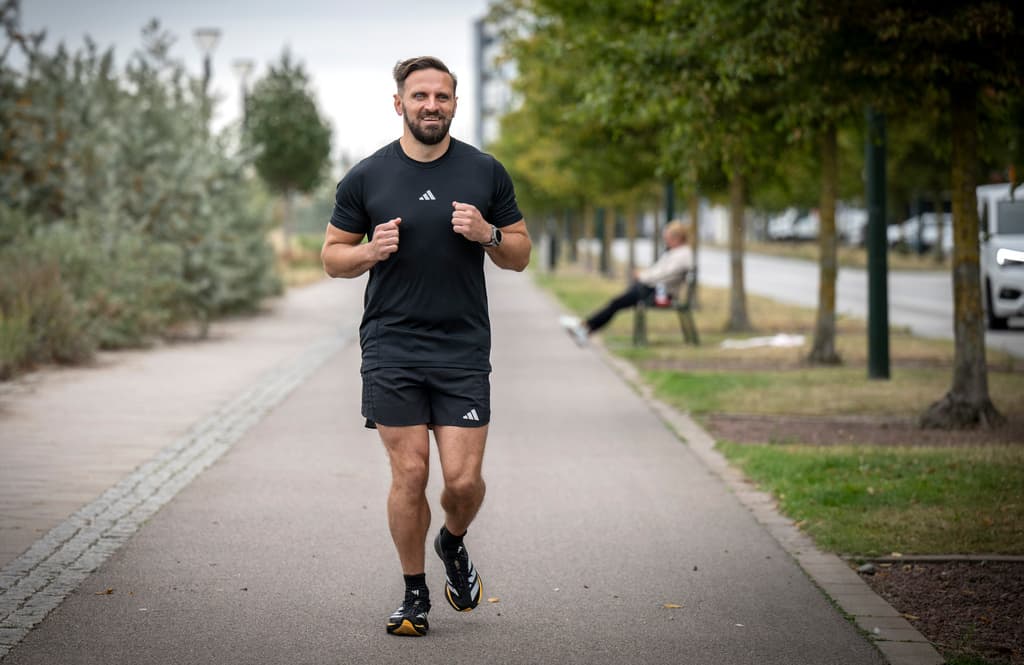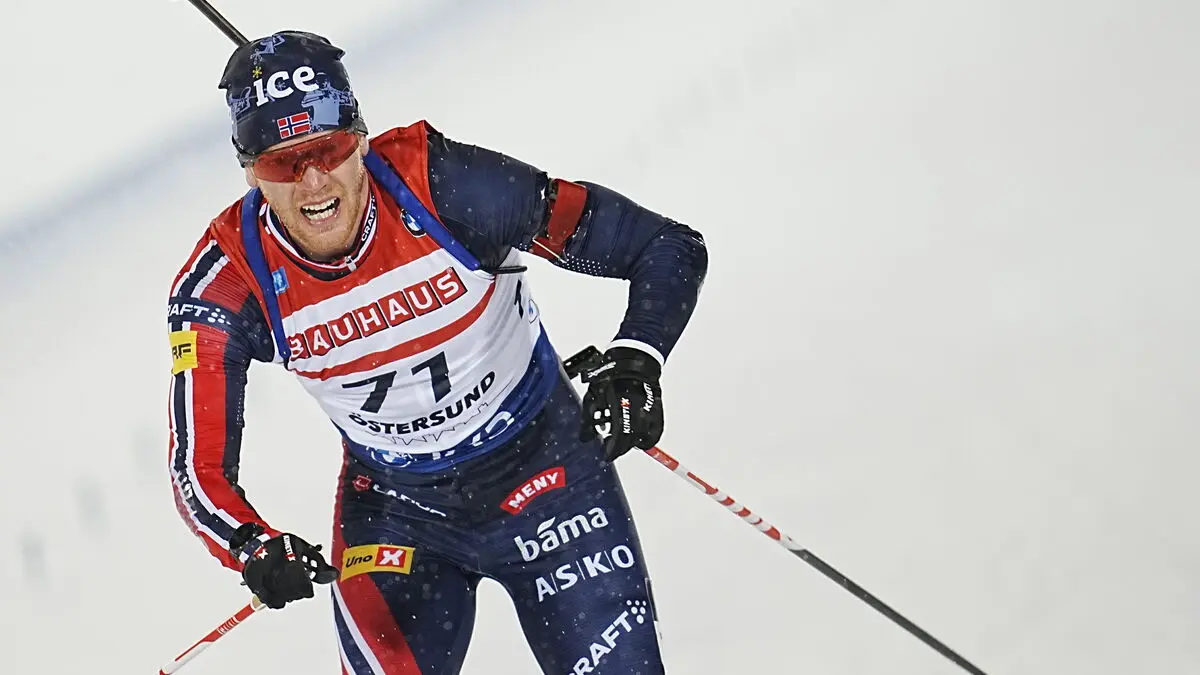When Fatmir Seremeti was 13 years old, he was struck by green cataracts and quickly lost 80 percent of his vision, which continued to deteriorate until he could only see light and darkness.
He became one of the world's top goalball players and has represented Sweden in three Paralympics, with a bronze from Beijing 2008 as his greatest achievement. Today, he combines his sports career with working as a lecturer.
When he was contacted by Google to test their new technology, it was a no-brainer to say yes.
Partly, it's a cool thing to be able to be the first blind person to finish a half-marathon without physical contact with a guide. But also to be part of research that hopefully can help other visually impaired people, says Fatmir Seremeti.
"Powerful feeling"
He has run a few marathons before, but with a guide attached to him with a rope.
When he tested the new equipment, he could, for the first time in a long time, run a longer distance completely free.
Just a few minutes in, I felt what a powerful feeling it was, he says.
The test is part of the research project "Project Guideline" that Google is behind. Fatmir wears a pair of headphones and a phone on his chest with a camera facing forward. A guide runs in front of him, but without any physical contact.
Has audio signals to help
With the help of a newly developed AI, audio signals are then sent to the headphones depending on whether Fatmir starts to get too close or too far from the runner in front. If he gets too far to the right or left, he also gets a signal in the respective ear. Two other runners will run alongside during the race for safety reasons.
The technology has been tested before, but then the runners had to relate to a painted line on the ground. The Stockholm half-marathon will be the first major test for this version of Guideline, says Google Sweden's communications manager Andrea Lewis Åkerman.
It's a bit nerve-wracking. It's going to be tough, and there are a lot of people. But I just have to get into it, relax, and trust the technology. I hope it doesn't get too crowded, says Fatmir Seremeti and continues:
I hope this technology can be built into other "wearables" and, for example, help someone find things in a store or similar. I see no limits to it, he says.





